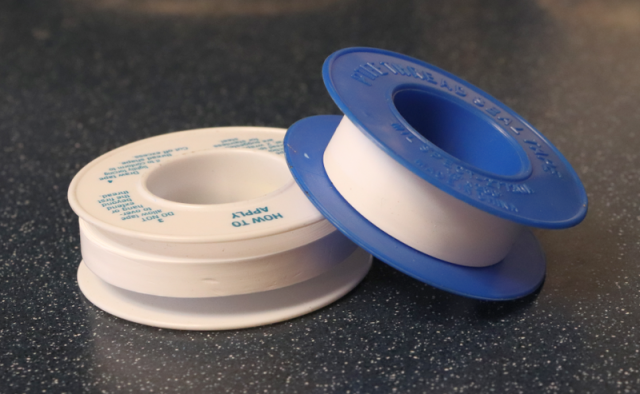An introduction to PTFE coating
Many products are developed using PTFE coatings, which are also sometimes called Teflon coatings. PTFE is highly resistant to heat, water, electrical currents and chemicals. You should always carry out a thorough pretreatment process before applying a PTFE to ensure that you get the best from it.
PTFE, or polytetrafluoroethylene, has a wide range of applications and can be used in various industries, from shipping, marine and aerospace to the manufacturing of household items such as cookware. About 50% of applications are in aerospace and computing, where it is used to insulate wires. It serves as a powerful insulator for electricity and heat while also protecting against frequency interference from radios and microwaves. It also reduces friction, making it ideal for applying to mechanics.
Industrial research undertaken over the years has shown that there are some particular pre-treatments that you can apply to further improve the performance and durability of a PTFE coating.
Getting started
The way you prepare the substrate material prior to the application of a PTFE https://www.poeton.co.uk/standard-treatments/electroless-nickel-ptfe/ coating will determine whether you achieve optimal coating adhesion and maximum durability.
Zinc Phosphate
This pre-treatment is commonly used when applying a coating of PTFE to carbon steel, usually by either spraying or dipping the steel. Corrosion is minimised due to properties within the chemical conversion treatment. Always keep an eye on variables such as temperature and application time to ensure optimal results.
The first step is alkaline cleaning, which will serve to kill off any biological contaminants. The next is to rinse the material with water.
A thin layer of zinc phosphate is salted onto the substrate surface. The material will then form a chemical bond to zinc, which will assist the adherence of the PTFE to the substrate surface, leading to an improved resistance to corrosion. It is then necessary to rinse the material once more before applying the final chromate sealant.
Grit blasting
This is usually a rapid and inexpensive pre-treatment option. It involves priming a substrate surface prior to an industrial coating. It will do this by propelling forceful abrasive materials to it. This is a versatile option as it can work for surfaces that are both metallic and resinous. It also removes any irregularities on the surface, including any existing coatings.
A sharp grit, often aluminium, will be blasted against the substrate material. After this, it’s important to apply the industrial coating quickly to avoid the undesirable side effect of an oxide layer growth. This growth would mean the coating job would be done to a much lower standard. If the coating is even and a profilometer measures the surface roughness to ensure it’s correct, a product maker can confirm that the process was a success.
Hard coating anodising
This is a chemical process that differs by applying an aluminium oxide film on the substrate. An electrical current is passed with a low-temperature acid for a stronger surface. This is a process used throughout many industries.















